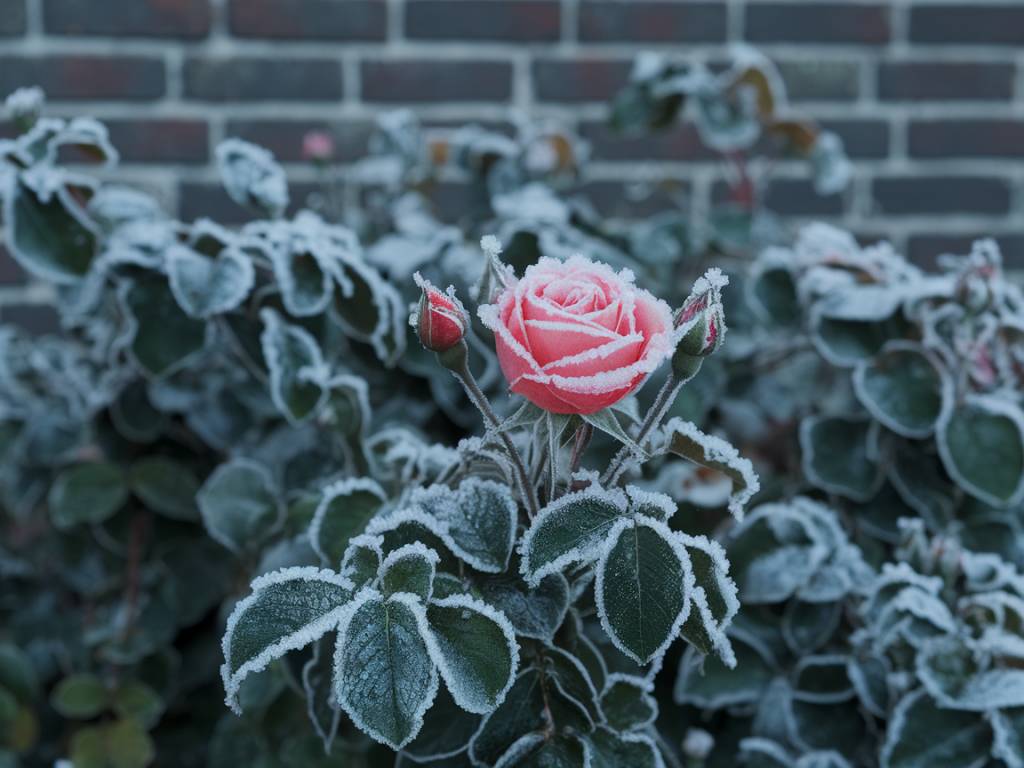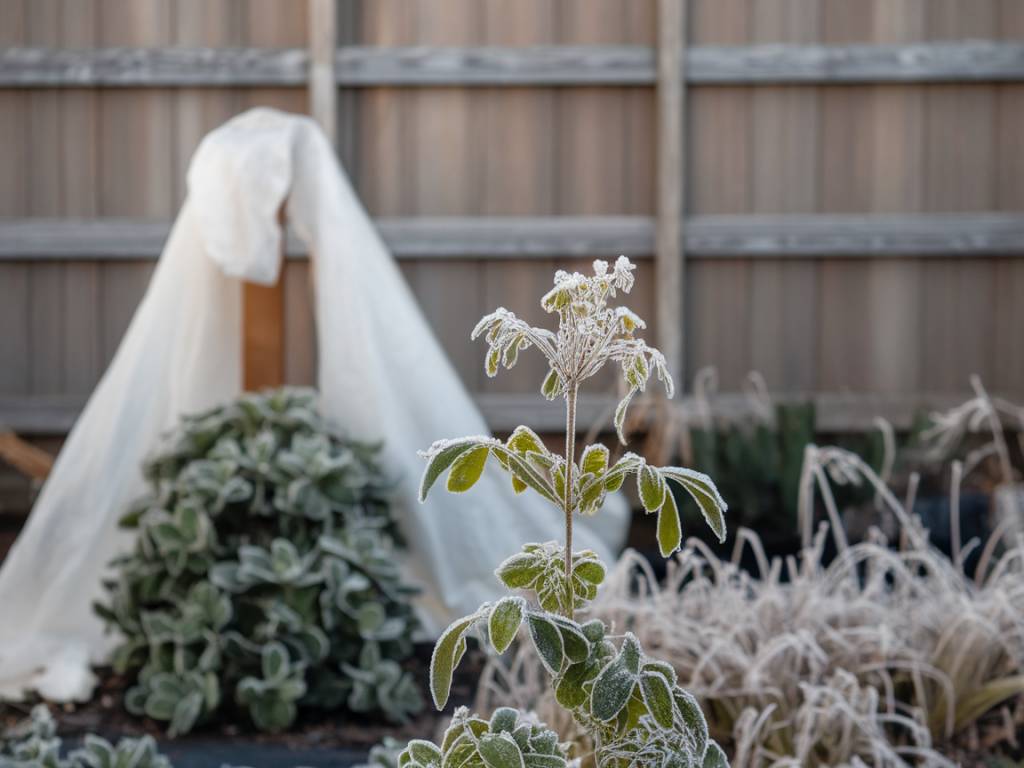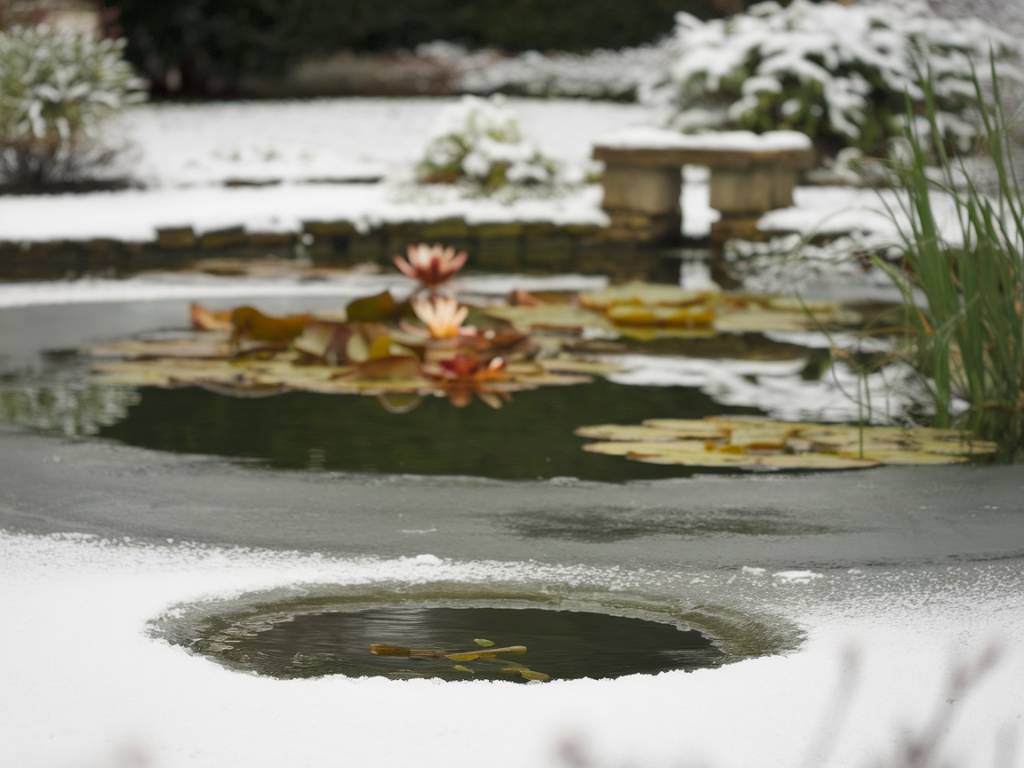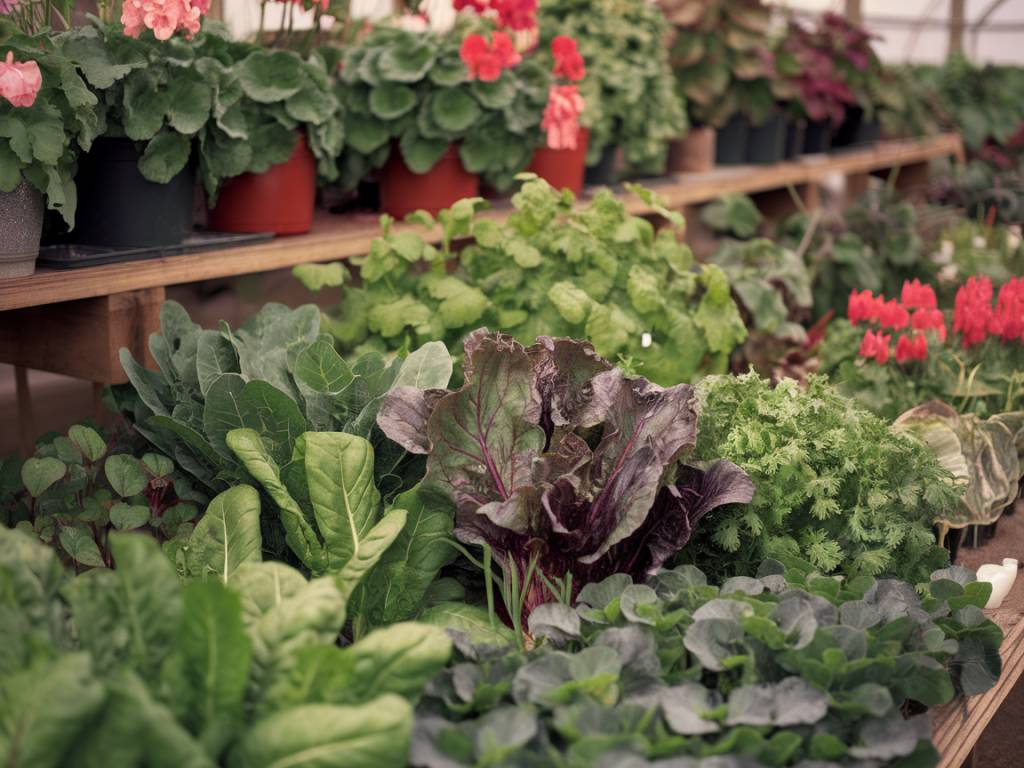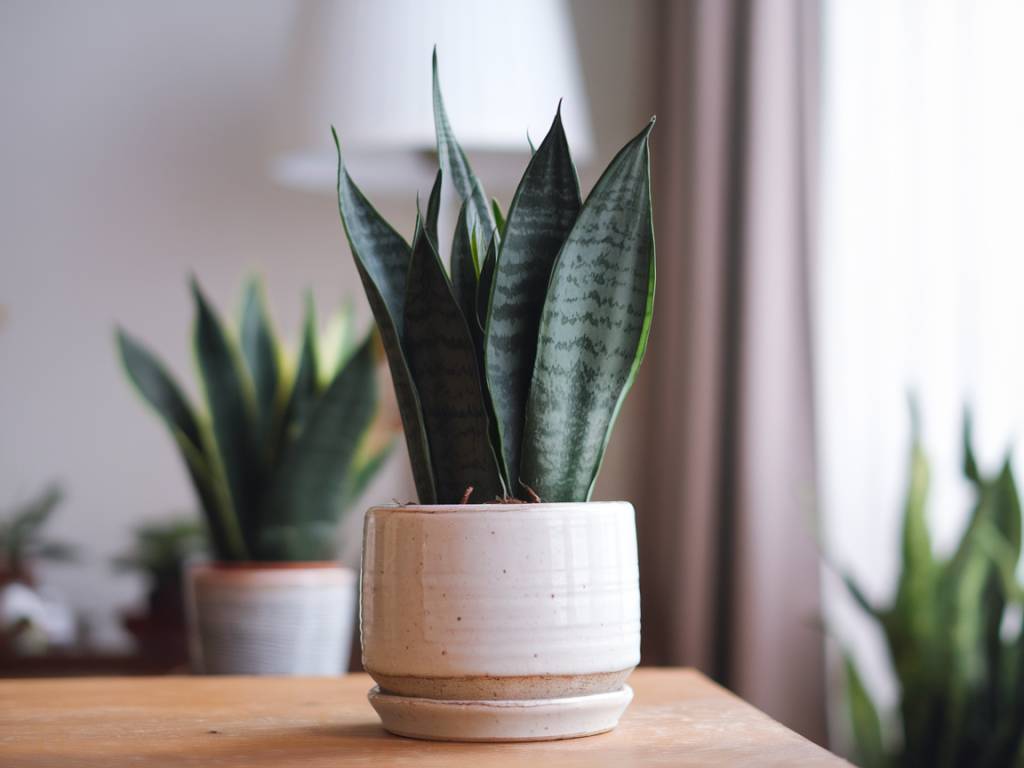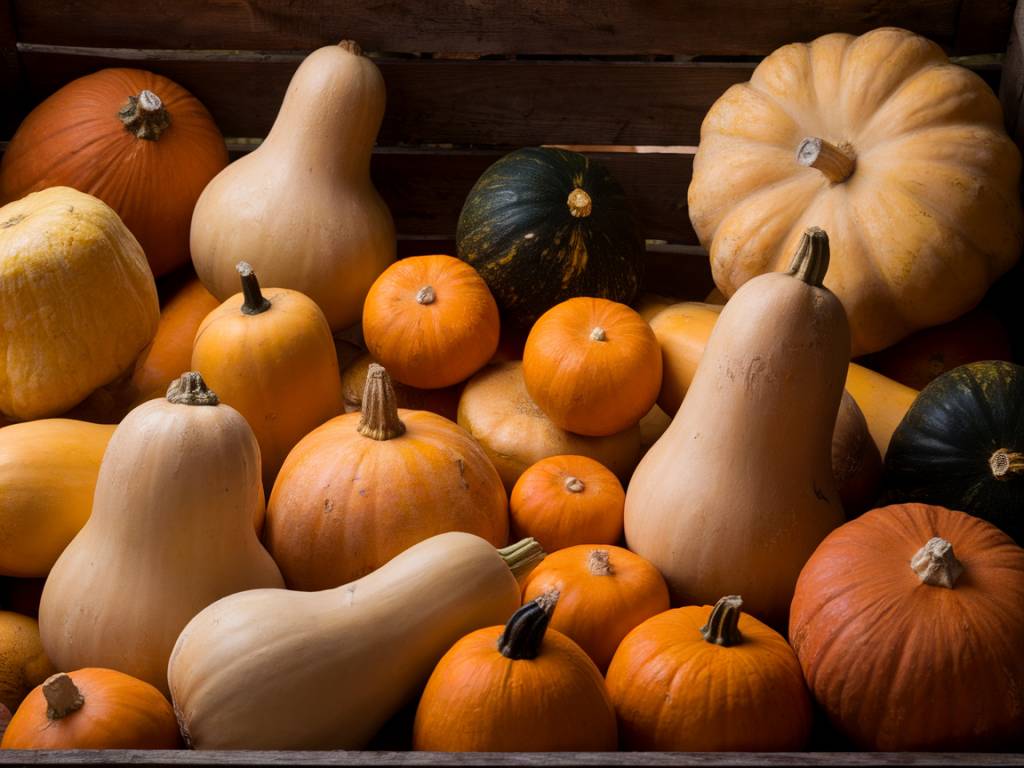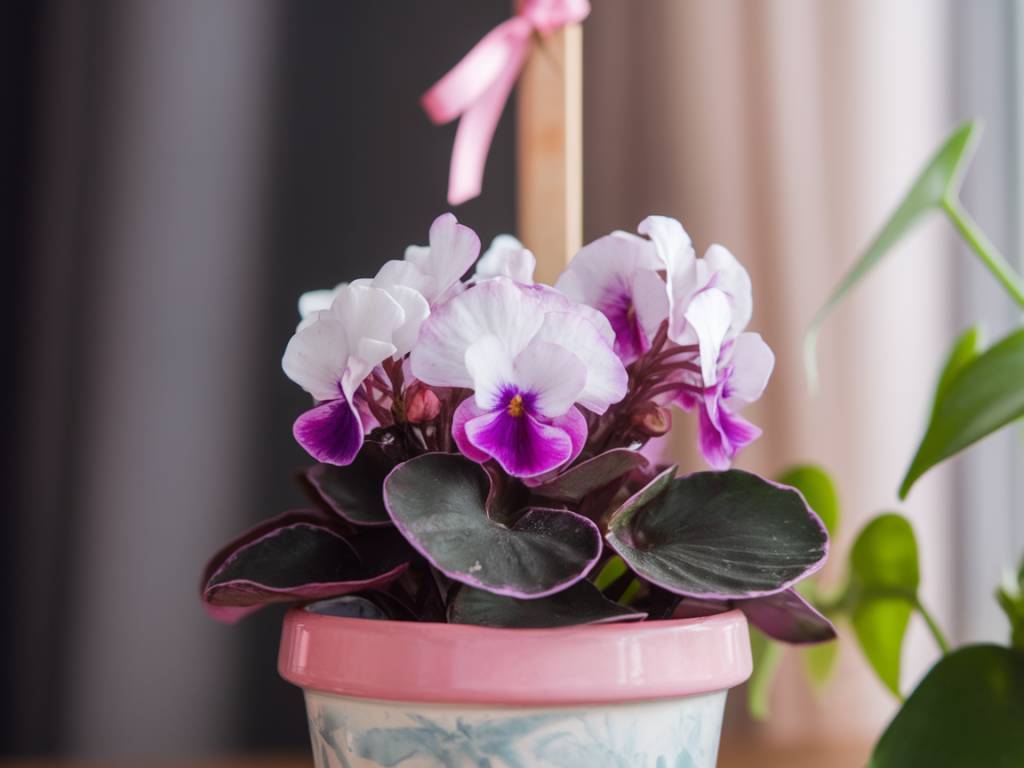As the cold season approaches, it’s essential to start thinking about how to protect your beloved roses from the harsh frosts of winter. Roses may appear delicate, but with the right care, they can withstand the chill and bloom beautifully once spring arrives. Here’s how I make sure my roses are well-protected during the winter months.
Understand Your Rose Types
Not all roses are created equal, and different varieties have varying levels of hardiness. For example, hybrid teas are generally more susceptible to frost damage than hardy shrub roses. It’s important to know what types of roses you have in your garden.
Some roses, like the English Roses and Floribundas, can handle the cold quite well with minimal protection. On the other hand, roses like Hybrid Teas, Grandifloras, and Climbers need extra attention and care. Knowledge of your rose varieties will help you tailor your winter care routine appropriately.
Prune with Purpose
Late fall is the perfect time to prune your roses, but you should avoid doing this too early. Waiting until after the first frost ensures that the plant has gone dormant, making it less likely to suffer from pruning shock. Here are some pruning tips I follow:
- Remove any dead or diseased wood.
- Trim back the canes to about half their height to prevent wind damage.
- Cut down weaker growth, leaving only the strongest canes.
- Discard all fallen leaves to prevent diseases like black spot from spreading.
This pruning strategy helps the plant conserve energy and reduces the surface area exposed to harsh winter winds.
Mulch Generously
Mulching is one of the best natural methods to protect your roses from the winter cold. It acts as an insulating layer, helping to maintain a consistent soil temperature and moisture level. I recommend applying a mulch layer of about four to six inches. Some good mulching materials include:
- Composted manure
- Leaf mold
- Wood chips
- Straw
Make sure to mound the mulch around the base of the rose but avoid piling it directly against the stems, which could lead to rot. Mulching not only protects the roots but also enriches the soil as it decomposes.
Water Wisely
Contrary to popular belief, roses still need watering during the winter, albeit less frequently. Proper hydration is crucial as it prevents the roots from drying out and helps the plant survive the frost. I usually water my roses deeply but infrequently, giving them a good soak to ensure moisture reaches the root zone.
Avoid watering during the evening, as any excess water on the foliage or base can freeze overnight, harming the plant. Early morning is the best time to water during the winter months.
Protect the Base
In areas where frost is a serious concern, additional protection around the base of the plant can make a significant difference. I often use a simple mound of soil or compost around the base of each rose bush, heaping it up to about 8-12 inches. This earth mound serves as an additional insulation layer, safeguarding the plant’s critical grafting point.
In extremely cold areas, burlap or frost cloth can be wrapped around the base of the plant for extra protection. It’s vital to secure these coverings well to ensure they do not get blown away by winter winds. Check periodically to ensure moisture isn’t trapped under these covers, as this could lead to rot.
Use Rose Cones or Covers
For the more delicate rose varieties, consider using rose cones or horticultural fleece. These coverings provide an extra layer of protection against frost and harsh winds. I prefer using breathable materials to avoid creating a humid environment that could encourage mold or rot. When using cones, make sure they are adequately ventilated. Poke a few holes at the top of the cone to allow air circulation.
Before placing the cone, prune the roses and tie the canes together to minimize damage. Additionally, adding a layer of mulch inside the cone ensures added warmth and protection for the plant.
Monitor Potted Roses
Potted roses are particularly vulnerable to cold weather, as their roots are less insulated than those planted in the ground. Here’s how I care for my potted roses in winter:
- Move them to a sheltered location, like a garage or greenhouse.
- Wrap the pots with bubble wrap or burlap to add insulation.
- Place the pots on a stand or pallet to avoid direct contact with freezing ground.
- Check soil moisture regularly and water sparingly.
If moving the pots is not an option, I create a windbreak using garden stakes and burlap around the potted roses. This setup minimizes wind damage and provides some insulation.
Keep an Eye on Weather Reports
Staying updated on weather forecasts allows you to react quickly to sudden cold snaps. I always have materials like burlap, mulch, and frost cloth ready for those unexpected frosty nights. If snow is predicted, I gently shake the snow off the rose bushes to prevent the weight from breaking the branches.
On exceptionally cold nights, I sometimes employ makeshift cloches made from recycled plastic bottles or buckets, covering the rose canes to shield them from frost. These temporary measures can make a big difference.
Natural Pest and Disease Prevention
Even during winter, I keep an eye out for pests and disease. Rose canes can become a habitat for overwintering pests like aphids and spider mites. I remove any mulch layers that might harbor pests and replace them with fresh mulch. Regularly inspecting my roses ensures they enter the growing season healthy.
I also apply a natural, organic dormant spray to the canes and surrounding soil. This helps kill any overwintering fungal spores or pests without harming the plant or the environment. Neem oil is my go-to choice as it is effective and eco-friendly.
Plan for Spring
Winter is a good time to plan your spring gardening activities. While my roses rest, I assess their placement and condition, thinking about potential improvements. Are there spots with too little sunlight? Would they benefit from a companion plant that helps repel pests or adds nutrients to the soil?
Sketching out new garden layouts or jotting down notes about companion planting strategies can be both inspiring and practical. This planning ensures I’m ready to jump into action as soon as the temperatures start to rise.
Winterizing your roses may seem labor-intensive, but the effort is worth it when you see those first beautiful blooms come spring. Embracing these natural techniques aligns with my permaculture-inspired approach to gardening, ensuring my roses not only survive but thrive even through the coldest months. Take these steps to shield your roses, and they’ll reward you with abundant, stunning blooms that herald the arrival of warmer days.
Yours in natural gardening,
Samanta

